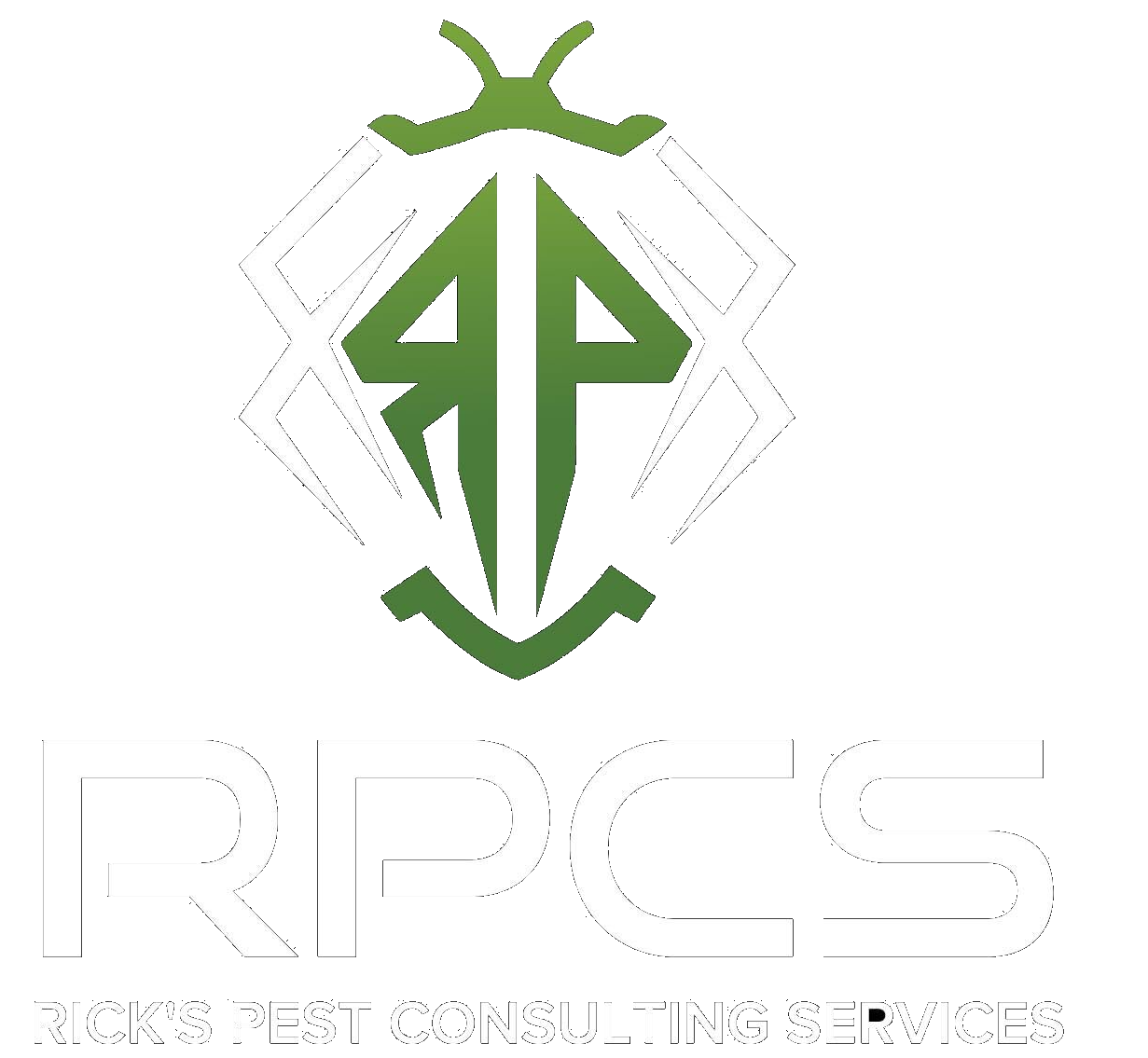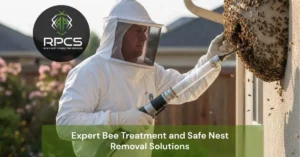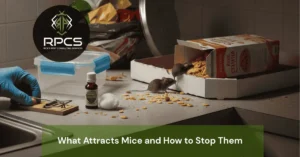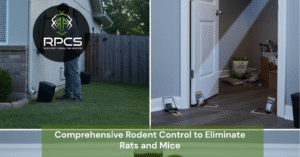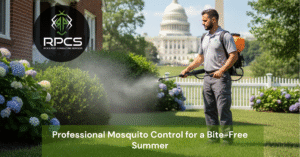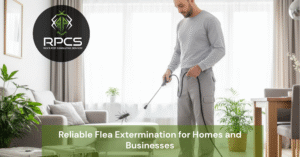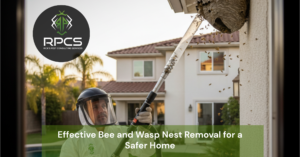Wasps can be both a nuisance and a threat when they build nests on or near your property. Unlike bees, wasps can be aggressive, and their stings are painful and sometimes dangerous, especially for those allergic. Identifying and safely removing a wasp nest is crucial for maintaining a safe outdoor environment. This article guides you through the signs of a wasp infestation, how to spot a wasp nest, and the safest methods for removal to protect your family and pets.
How to Identify a Wasp Nest
Wasps build nests using chewed wood fibers mixed with their saliva, creating a papery structure. Nests vary in size and shape depending on the wasp species, but generally share some common characteristics.
Common Locations for Wasp Nests
- Under eaves and overhangs of roofs
- Inside sheds, garages, or attics
- In trees, bushes, or shrubs
- Behind shutters or window frames
- In wall voids or under decks
Visual Characteristics
- Paper-like texture: Nests often look like grayish or brownish paper.
- Rounded or umbrella shape: Many nests have a rounded, layered appearance.
- Multiple layers: Some nests are quite large with many cells visible inside.
- Entrances: Look for small openings where wasps enter and exit.
Signs of Wasp Activity
- Increased wasp sightings around your home or garden.
- Wasps are hovering near food, garbage bins, or sweet-smelling plants.
- Hearing buzzing sounds near common nesting spots.
Safety Precautions Before Removing a Wasp Nest
Handling wasp nests can be dangerous. Wasps become aggressive when disturbed, and multiple stings can cause severe reactions. Follow these safety tips:
- Wear protective clothing: Long sleeves, pants, gloves, and a hat with a veil or mesh face covering.
- Avoid scented products: Perfumes, lotions, and scented soaps attract wasps.
- Plan removal during early morning or late evening: Wasps are less active and more likely to be inside the nest.
- Keep pets and children indoors: Ensure safety during removal.
- Have an escape route: Know how to quickly leave the area if wasps become aggressive.
Methods to Safely Remove a Wasp Nest
1. Use Wasp Spray Insecticide
- Purchase a wasp-specific insecticide spray that can reach up to 20 feet.
- Spray the insecticide directly onto the nest entrance and surface, saturating it thoroughly.
- Follow the product instructions carefully.
- Wait 24 hours and monitor the nest for activity. Repeat spraying if necessary.
2. DIY Soap and Water Solution
- Mix two tablespoons of dish soap with water in a spray bottle.
- Spray generously on the nest to clog the wasps’ breathing pores.
- This method works best for smaller nests and less aggressive species.
- Repeat as needed and ensure the nest is inactive before removal.
3. Professional Wasp Removal Services
For large nests, nests inside walls or hard-to-reach areas, or if you are allergic to stings, hiring a pest control professional is the safest option. Professionals have the equipment, experience, and protective gear to remove nests efficiently and minimize risk.
After Removal: Preventing Future Wasp Nests
- Seal cracks and holes: Prevent wasps from entering walls or eaves.
- Keep garbage covered: Reduce food sources that attract wasps.
- Maintain your yard: Trim bushes and trees regularly to reduce nesting sites.
- Use wasp traps: Place traps away from common outdoor activity areas.
- Consider professional inspections: Regular pest control can catch nests early.
When to Call an Emergency
Seek immediate medical help if you or anyone experiences:
- Severe allergic reactions (anaphylaxis) after wasp stings.
- Multiple stings causing dizziness, difficulty breathing, or swelling.
- Stings near the throat or mouth, causing airway obstruction.
Conclusion
Identifying and safely removing a wasp nest is essential for protecting your home and loved ones from painful stings and potential allergic reactions. By recognizing the signs of a nest, using proper safety precautions, and choosing the right removal method, you can effectively manage wasp problems. When in doubt, always opt for professional pest control services to ensure safety and thorough removal.
For expert wasp nest removal and pest control services, contact Ricks Pest Control Services. Our trained technicians provide safe, efficient solutions to keep your property wasp-free.
